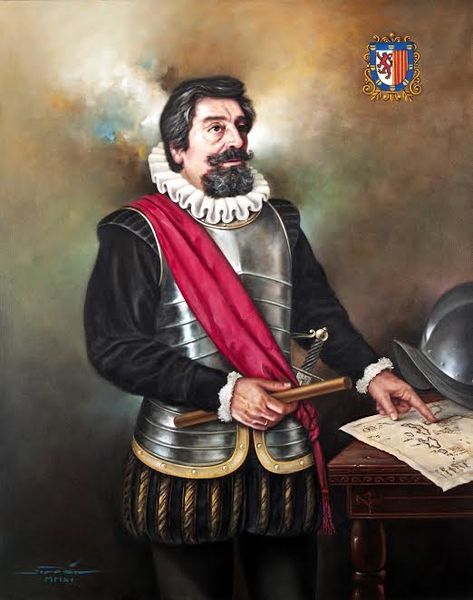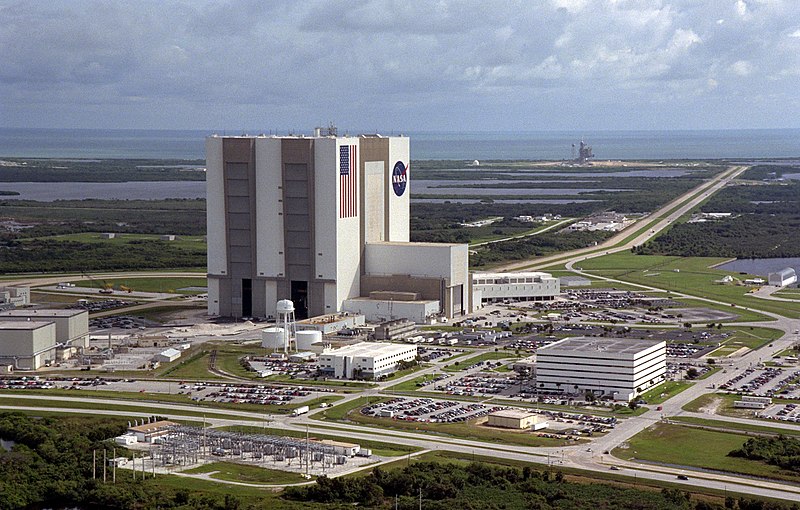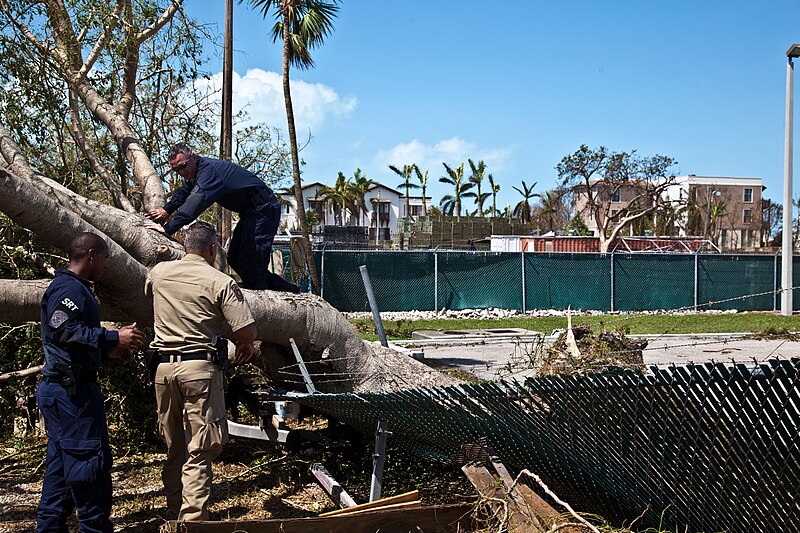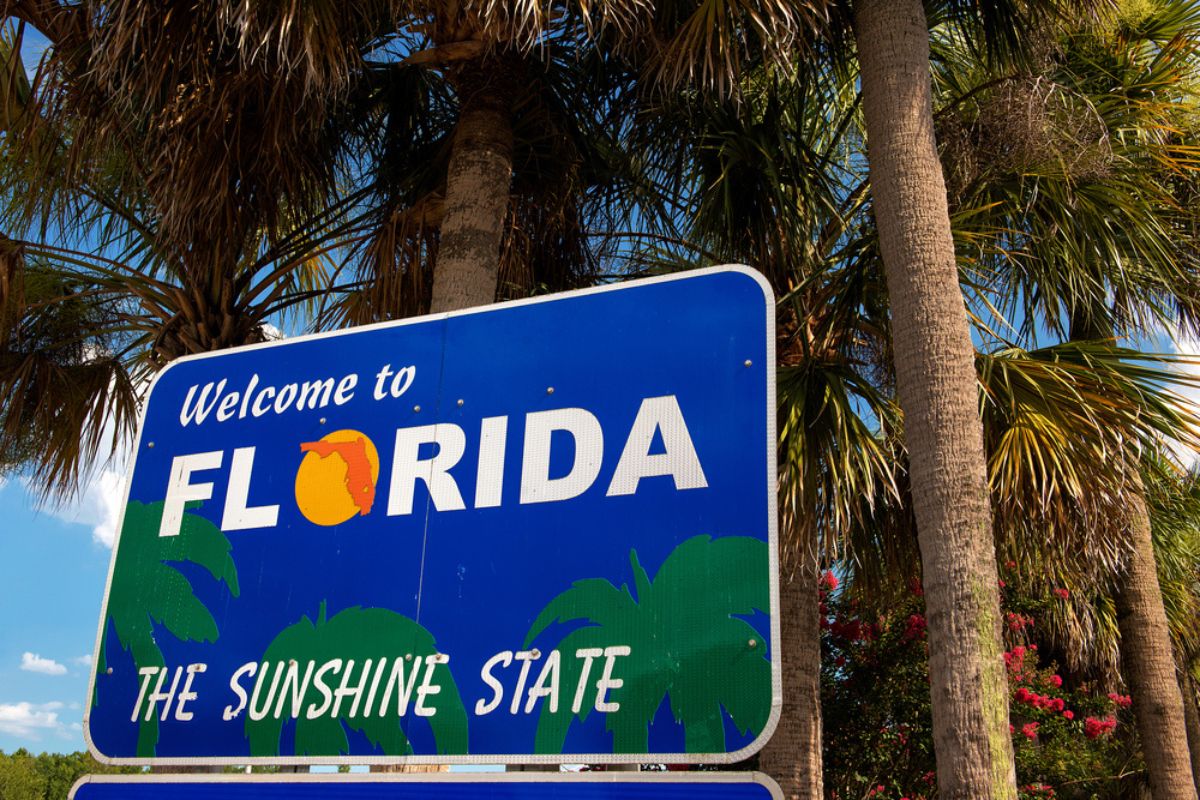Florida, located in the southeastern region of the United States, has a diverse history shaped by indigenous settlements, European exploration, and colonization.
The state changed hands between Spain and Britain multiple times before becoming a U.S. territory in 1821 and gaining statehood in 1845.
Florida’s history includes involvement in the Civil War, transformative developments in transportation and tourism, and significant events like the space race and the impact of hurricanes.
Today, Florida’s rich history contributes to its diverse population and vibrant cultural heritage.
| Year | Event |
|---|---|
| 1513 | Juan Ponce de León claims Florida for Spain |
| 1565 | St. Augustine is established by the Spanish |
| 1763 | Florida is transferred from Spain to Great Britain |
| 1783 | Florida is returned to Spanish control |
| 1819 | Florida is ceded to the United States by Spain |
| 1821 | Florida becomes a U.S. territory |
| 1845 | Florida is admitted as the 27th state of the United States |
| 1861-1865 | Florida becomes part of the Confederate States of America during the Civil War |
| 1881 | Construction of Henry Flagler’s Florida East Coast Railway begins |
| 1901 | Major hurricane strikes Key West, leading to the construction of the Overseas Railroad |
| 1928 | The Okeechobee Hurricane causes widespread devastation |
| 1959 | Florida’s population surpasses 5 million people |
| 1962 | Kennedy Space Center is established in Cape Canaveral |
| 1992 | Hurricane Andrew strikes South Florida |
| 2000 | Florida becomes a key battleground state in the presidential election |
| 2017 | Hurricane Irma causes significant damage throughout the state |
| 2020 | Florida is impacted by the COVID-19 pandemic |
Timeline of Florida’s History
1513 – Juan Ponce de León claims Florida for Spain
In 1513, Spanish explorer Juan Ponce de León arrived on the eastern coast of Florida. He claimed the land for Spain and named it “La Florida” due to the lush vegetation he observed. This marked the beginning of Spanish exploration and colonization in the region.

1565 – St. Augustine is established by the Spanish
In 1565, the Spanish founded the settlement of St. Augustine on the northeastern coast of Florida. St. Augustine is recognized as the oldest continuously inhabited European-established settlement in the continental United States.
It served as the capital of Spanish Florida and played a significant role in the Spanish colonization of the Americas.
1763 – Florida is transferred from Spain to Great Britain
As a result of the Seven Years’ War, the Treaty of Paris of 1763 was signed, transferring Florida from Spanish to British control. The British divided Florida into East Florida and West Florida, with the Apalachicola River serving as the boundary. British rule lasted until the American Revolution.
1783 – Florida is returned to Spanish control
The Treaty of Paris of 1783, which ended the American Revolutionary War, also stipulated that Florida would be returned to Spanish control.
This decision was influenced by Spain’s alliance with France during the war. Spain regained authority over both East and West Florida, and Spanish rule resumed.
1819 – Florida is ceded to the United States by Spain
In 1819, the Adams-Onís Treaty, also known as the Transcontinental Treaty, was signed between the United States and Spain. As part of the treaty, Spain ceded Florida to the United States.
In return, the U.S. agreed to relinquish its claims to Texas and accept the Sabine River as the boundary between Spanish territory and the United States. This marked the beginning of the process that would eventually lead to Florida becoming a U.S. territory.
1821 – Florida becomes a U.S. territory
In 1821, Florida officially became a U.S. territory. This followed the ratification of the Adams-Onís Treaty, through which Spain ceded Florida to the United States.
As a territory, Florida was governed by a territorial government appointed by the President of the United States.
1845 – Florida is admitted as the 27th state of the United States
On March 3, 1845, Florida was admitted as the 27th state of the United States. It became the first state of the Deep South to enter the Union.
Statehood brought increased representation and autonomy for Florida’s residents, allowing them to participate in the democratic processes of the nation.
1861 to 1865 – Florida becomes part of the Confederate States of America during the Civil War
During the American Civil War, which lasted from 1861 to 1865, Florida seceded from the Union and joined the Confederate States of America.
Florida played a significant role in the war, providing troops, resources, and strategic locations such as the Port of Fernandina and the natural harbor of Pensacola.

1881 – Construction of Henry Flagler’s Florida East Coast Railway begins
In 1881, construction began on the Florida East Coast Railway, a railroad system built by industrialist Henry Flagler. The railway aimed to connect the mainland of Florida with Key West.
The completion of the railroad in 1912 facilitated transportation and trade, boosted tourism, and led to the development of cities along Florida’s east coast.
1901 – Major hurricane strikes Key West, leading to the construction of the Overseas Railroad
In September 1901, a powerful hurricane struck the Florida Keys, causing significant damage to the island of Key West. The devastation prompted Henry Flagler to rethink the feasibility of maintaining the existing railroad in the vulnerable Keys.
Subsequently, he initiated the construction of the Overseas Railroad, a series of bridges and railway extensions connecting the mainland to Key West.
1928 – The Okeechobee Hurricane causes widespread devastation
The Okeechobee Hurricane, also known as the Great Florida Hurricane of 1928, made landfall in South Florida on September 16, 1928.
The hurricane caused catastrophic flooding and resulted in the deaths of an estimated 2,500 people, primarily in the vicinity of Lake Okeechobee. The disaster led to significant changes in flood control measures and infrastructure development in the region.
1959 – Florida’s population surpasses 5 million people
In 1959, Florida’s population exceeded 5 million people, marking a significant milestone in the state’s demographic growth.
The population increase was driven by factors such as improved transportation infrastructure, the expansion of tourism, and the attraction of retirees seeking a warmer climate.
1962 – Kennedy Space Center is established in Cape Canaveral
In 1962, the Kennedy Space Center was established on Merritt Island, near Cape Canaveral, Florida.
The center became the primary launch site for human spaceflight and space exploration activities by NASA (National Aeronautics and Space Administration).
It played a pivotal role in the Apollo moon missions, the Space Shuttle program, and other significant space endeavors.

1992 – Hurricane Andrew strikes South Florida, causing extensive damage
Hurricane Andrew, a powerful Category 5 hurricane, made landfall in South Florida on August 24, 1992. The storm caused widespread devastation, particularly in the areas of Homestead and Florida City.
It destroyed tens of thousands of homes, caused billions of dollars in damages, and resulted in the loss of many lives. Hurricane Andrew prompted significant improvements in building codes and disaster preparedness in Florida.
2000 – Florida becomes a key battleground state in the presidential election
The presidential election of 2000 brought Florida into the national spotlight. The race between Republican candidate George W. Bush and Democratic candidate Al Gore was highly contested, and Florida’s electoral votes became crucial for determining the outcome.
The election results in Florida were subject to intense scrutiny and legal battles, ultimately leading to a recount and the Supreme Court’s decision in Bush v. Gore.

2017 – Hurricane Irma causes significant damage throughout the state
In September 2017, Hurricane Irma, a powerful Category 4 hurricane, affected Florida. The storm caused widespread damage as it made landfall in the Florida Keys and traveled up the state’s west coast.
Irma brought strong winds, storm surge, and heavy rainfall, resulting in flooding, power outages, and extensive property damage across many regions of Florida.
2020 – Florida is impacted by the COVID-19 pandemic
In 2020, Florida, like the rest of the world, experienced the impact of the COVID-19 pandemic.
The state faced challenges related to public health, economic disruptions, and the implementation of measures such as social distancing, mask mandates, and business restrictions.
Florida’s tourism industry, which is a significant economic driver, also faced significant setbacks due to travel restrictions and reduced visitor numbers.
